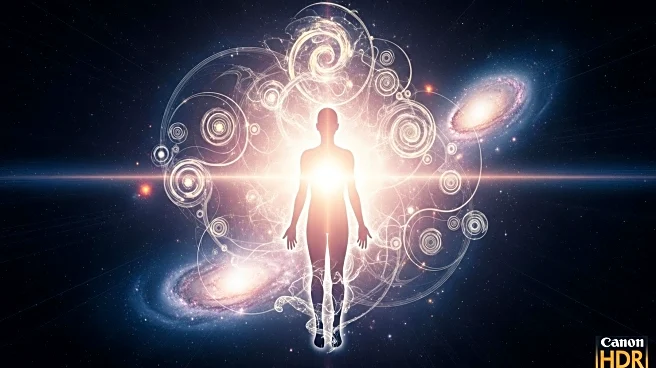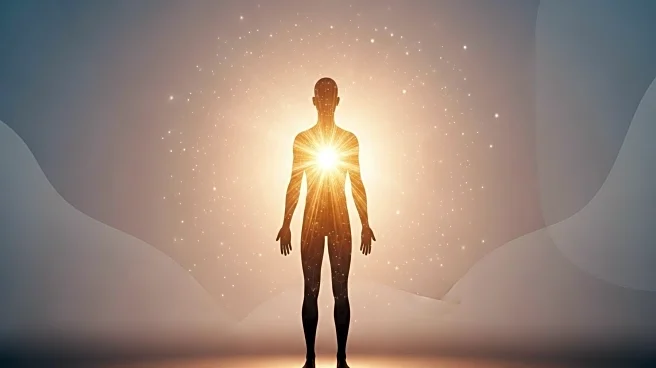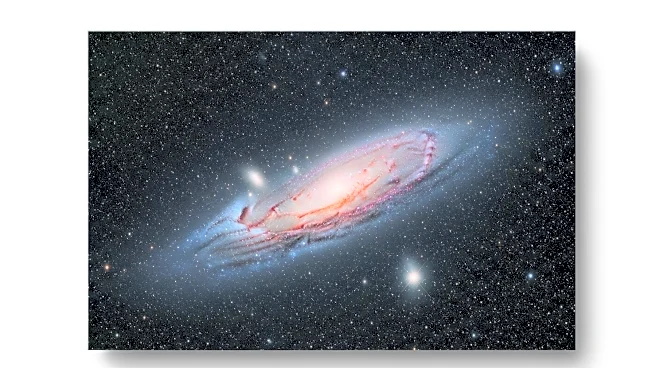What is the story about?
What's Happening?
Researchers from the University of Calgary and the National Research Council of Canada have discovered that living organisms, including humans, emit faint biophotons, a phenomenon that ceases upon death. This ultra-weak photon emission (UPE) is linked to oxidative metabolic processes in mitochondria, where energy production and oxygen interaction result in light emission. The study, published in The Journal of Physical Chemistry Letters, involved experiments on mice and plants, revealing that biophoton emissions decrease significantly post-mortem and increase in stressed plant leaves. These findings challenge traditional perceptions of life and death, suggesting new avenues for biological research.
Why It's Important?
The discovery of biophoton emissions in living organisms has significant implications for understanding biological processes and the nature of life and death. This phenomenon could revolutionize health monitoring by providing a non-invasive method to assess the vitality and stress responses of organisms. In humans, biophoton emissions could potentially be used to track disease progression or treatment responses, offering real-time insights into health conditions. The study also opens up possibilities for agricultural applications, where UPE could serve as an indicator of plant health and stress levels, aiding in ecological conservation and crop management.
Beyond the Headlines
The study demystifies the concept of biophoton emissions, often associated with mystical or spiritual interpretations, by grounding it in biochemical processes. This scientific perspective helps dispel myths and encourages further exploration of UPE's functional significance. As researchers continue to investigate this phenomenon, its potential applications in medical diagnostics and ecological monitoring become increasingly apparent, promising advancements in both fields. The findings highlight the intricate connections between life processes and light emissions, offering a new lens through which to view biological and ecological systems.
AI Generated Content
Do you find this article useful?














